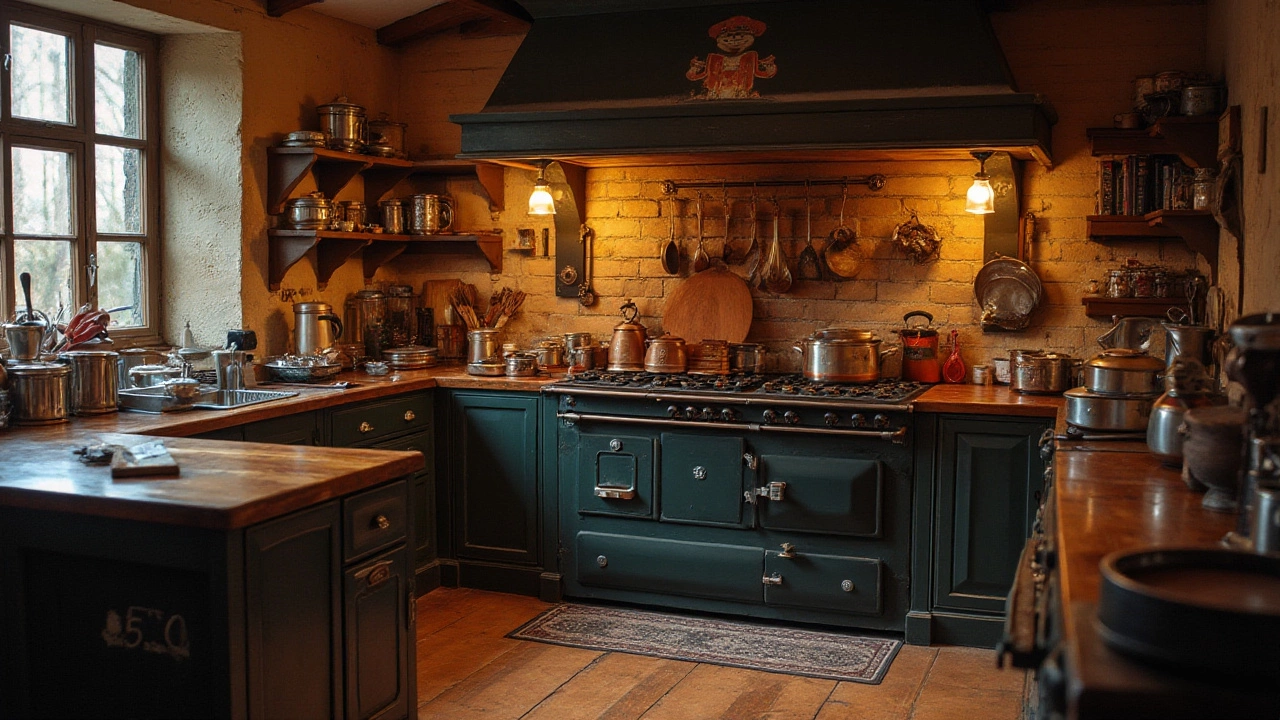Stove Guide: Eco-Friendly Heating and Cooking
If you’re looking for a way to heat your home or cook meals without a big carbon hit, a stove can be the answer. Modern stoves come in many shapes – wood‑burning, pellet, electric, and even hybrid models that blend clean tech with classic heat. The right stove can cut your energy bills, lower emissions, and add a cozy vibe to any room. Below you’ll find the basics on picking a green stove and how to keep it running smoothly.
Choosing the Right Eco Stove
Start by asking what you need most: fast heat, steady cooking, or both? Wood‑burning stoves are great for rural homes with easy access to firewood, but they need a good chimney and regular cleaning. Pellet stoves use compressed wood pellets, offering automatic feeding and lower ash. If you live in a city or apartment, an electric induction stove gives instant heat with zero emissions at the point of use. Look for certifications like ENERGY STAR or the UK’s Green Home label – they signal low energy use and reliable performance.
Tips to Get the Most Out of Your Stove
Once you’ve installed the stove, a few habits will stretch its life and keep it green. For wood and pellet stoves, dry fuel is key; soaked wood throws more smoke and reduces efficiency. Store pellets in a dry place and rotate stock regularly. With electric models, match the pot size to the burner – oversized pans waste power. Keep the stove’s surface clean; dust and grease cut heat transfer and raise fire risk. Schedule a professional check‑up at least once a year to catch cracks or wear before they become costly repairs.
Don’t forget the small details that add up. Adding a heat‑reflective panel behind a wood stove bounces warmth back into the room, letting you run the fire a bit shorter. Use cast‑iron cookware on any stove; it holds heat longer, meaning you can turn off the burner early and still finish cooking. If you’re budgeting, compare the upfront price with long‑term fuel costs – a slightly pricier pellet stove can save more than a cheap wood stove over ten years.
Finally, think about where the stove lives in your home. Place it near the area you use most, like the living room or kitchen, so the heat spreads where you need it. Make sure there’s proper clearance from walls and furniture to avoid fire hazards. With the right choice and simple upkeep, a stove becomes a reliable, low‑impact heating and cooking solution that fits both your lifestyle and the planet’s needs.
-

Is a Stove Considered Kitchenware? Exploring the Essentials
The article examines the classification of a stove within the realm of kitchenware, analysing its indispensable role in cooking and food preparation. It delves into the definitions and practical use of kitchenware, the stove's historical significance, and tips for maximizing stove usage. Providing readers with interesting facts and simple tips, the article aims to enhance your appreciation for this vital kitchen component.
